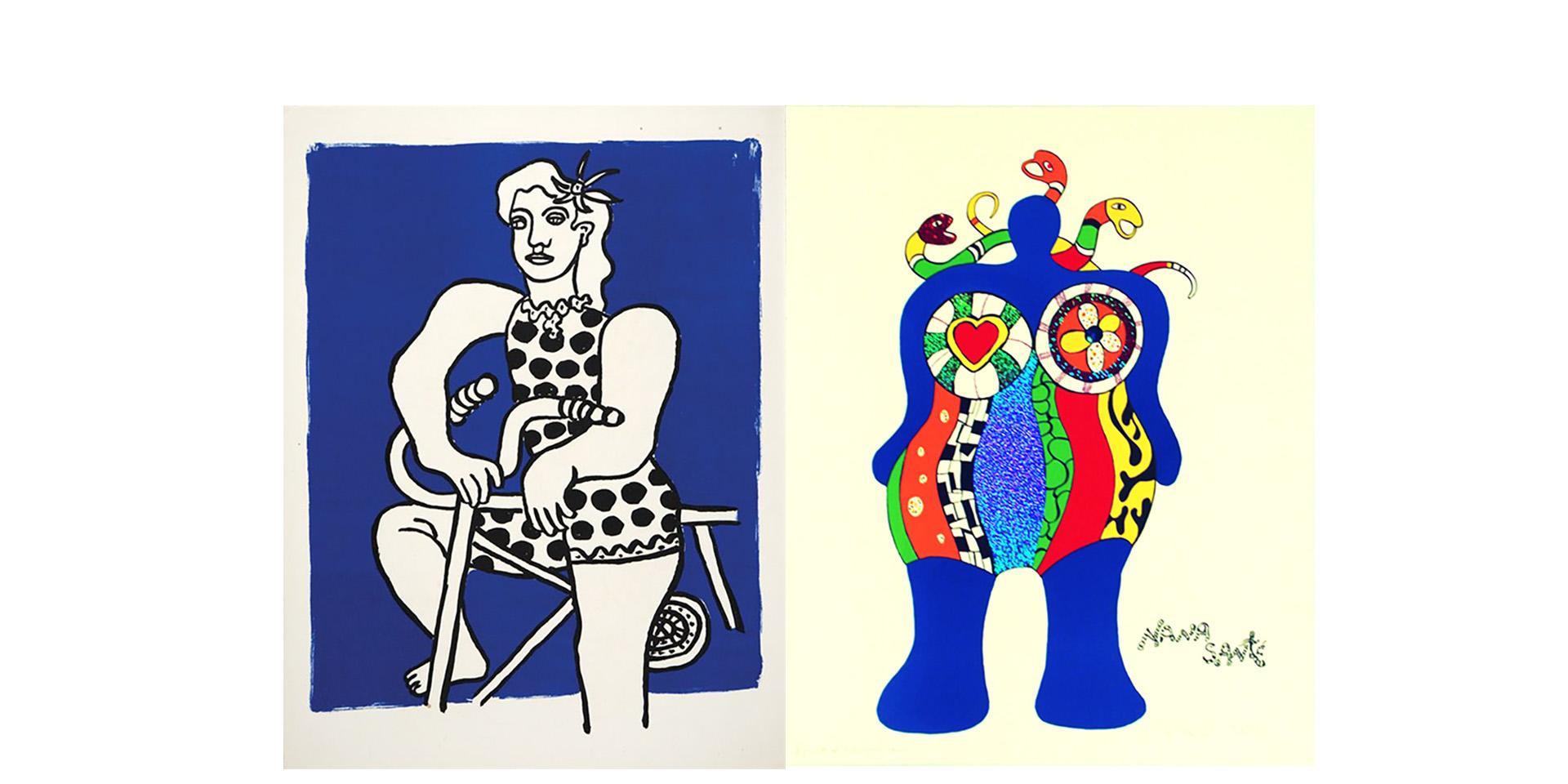3 - Fernand Léger and Martial Raysse "Hygiene vision"
Léger & the Nouveaux Réalismes
- Fernand Léger and Martial Raysse
"Hygiene vision" -
"The manufactured object is there, a polychrome absolute, clean and precise, beautiful in itself; and it is the most terrible competition the artist has ever been subjected to."
Fernand Léger (1924)From the 1920s, Fernand Léger praised the street creativity, with its colourful posters and the spectacle of its shop fronts. In 1959, Martial Raysse named his colourful aesthetic "Hygiène de la vision" ["Hygiene vision"] and provocatively declared: "Prisunic are the museums of modern art". He highlights the beauty of mass-produced items, symbols of consumer society, by creating assemblages of new objects, chosen for their plastic materials, perfect geometry and strident colours.
In 1962, Raysse introduced neon light into an artwork for the first time: " It is living colour […]. With neon light, project the idea of color in motion.” He follows Léger's research, who developed his "outside colouring" technique to transpose Broadway's electric lights into his paintings. In addition to their fascination for signs of modernity, Léger and Raysse - the most Pop artist of the New Realists - shared a common attraction for the American dream, “this people which is always in ferment and which never looks back” according to Léger. - Fernand Léger e Martial Raysse
"Igiene della visione » -
"L'oggetto prodotto è lì, un assoluto policromo, pulito e preciso, bello in sé; ed è la competizione più terribile a cui l'artista sia mai stato sottoposto."
Fernand Léger (1924)A partire dagli anni Venti, Fernand Léger elogia la creatività della strada, con i suoi manifesti colorati e la spettacolarità delle facciate dei negozi. Nel 1959, Martial Raysse definì la sua estetica colorata "Hygiène de la vision" e dichiarò provocatoriamente: "I prisunic sono i musei dell'arte moderna". Raysse enfatizza la bellezza degli oggetti prodotti in serie, simboli della società dei consumi, creando assemblaggi di nuovi oggetti, scelti per i loro materiali plastici, la geometria perfetta e i colori stridenti.
Nel 1962, Raysse introduce per la prima volta il neon in un'opera d'arte: "È un colore vivo [...]. Con il neon si può proiettare l'idea del colore in movimento". Raysse segue la ricerca di Léger, che ha sviluppato la tecnica del "colore de deborda" per trasporre le luci elettriche di Broadway nei suoi dipinti. Oltre al fascino per i segni della modernità, Léger e Raysse - il più popolare dei Nuovi Realisti - condividono l'attrazione per il sogno americano, "questo popolo sempre in fermento e che non si guarda mai indietro", secondo Léger.

